Craving a quick, delicious dinner? This Parmesan Crusted Tilapia with Ancient Herbs recipe is ready in just 15 minutes and perfect for weeknight meals. Follow our simple steps for a crispy, flavorful dish every time.
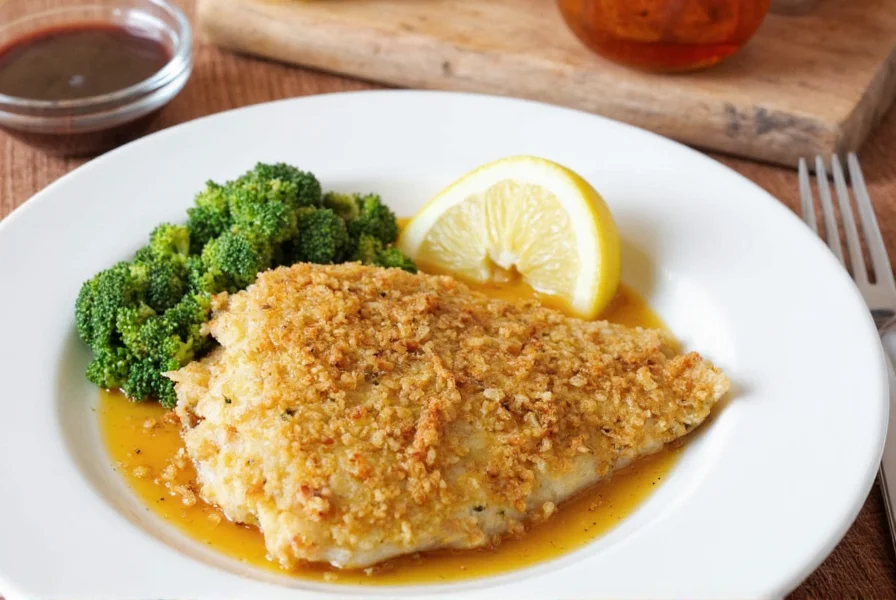
Ingredients
- 4 tilapia fillets
- ½ cup grated Parmesan cheese
- 1 tbsp dried oregano
- 1 tsp thyme
- 1 tsp rosemary, crushed
- 1 tsp sage, ground
- 2 cloves garlic, minced
- 2 tbsp olive oil
- Salt and pepper to taste
Instructions
- Preheat oven to 375°F (190°C).
- Rinse tilapia fillets and pat dry thoroughly. Place on a lined baking sheet.
- In a small bowl, mix Parmesan, herbs, garlic, salt, and pepper.
- Brush each fillet lightly with olive oil.
- Press the Parmesan-herb mixture firmly onto the top side of each fillet.
- Bake for 12–15 minutes until golden and flakes easily.
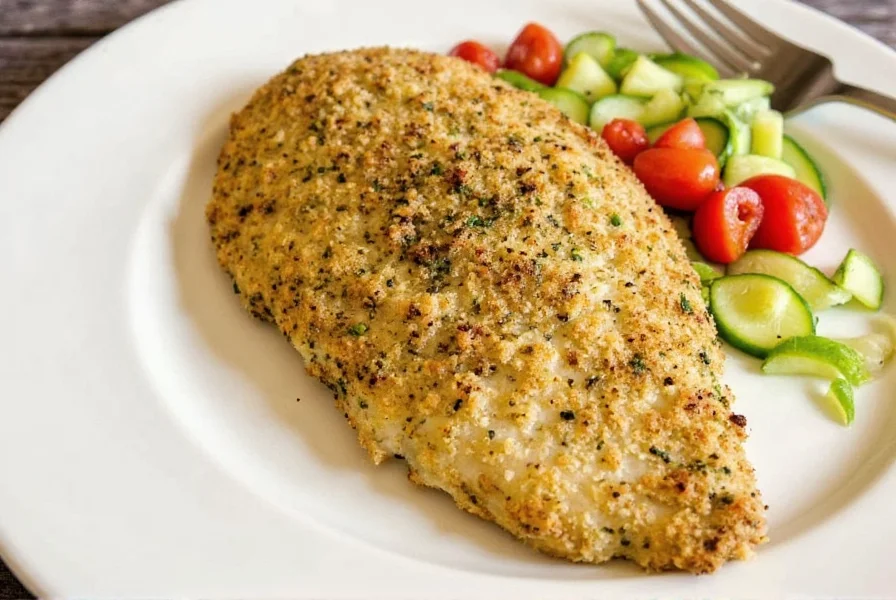
Pro Tips for Perfect Results
Tilapia is ideal for this recipe due to its mild, slightly sweet flavor and firm yet flaky texture. It serves as the perfect canvas for bold spices and seasonings. For best results, use high-quality frozen tilapia fillets that retain freshness and firmness when thawed.
Spice Storage & Usage Hacks
| Storage Method | Lifespan | Pros | Cons |
|---|---|---|---|
| Plastic containers | 6–12 months | Cheap, lightweight | Not air-tight; degrade over time |
| Glass jars with lids | 1–2 years | Air-tight, reusable | More expensive |
| Vacuum-sealed bags | Up to 3 years | Long shelf life | Require special equipment |
Store herbs in air-tight glass jars away from heat and sunlight. Grind whole spices just before use for maximum flavor. Label containers with purchase dates to track freshness.
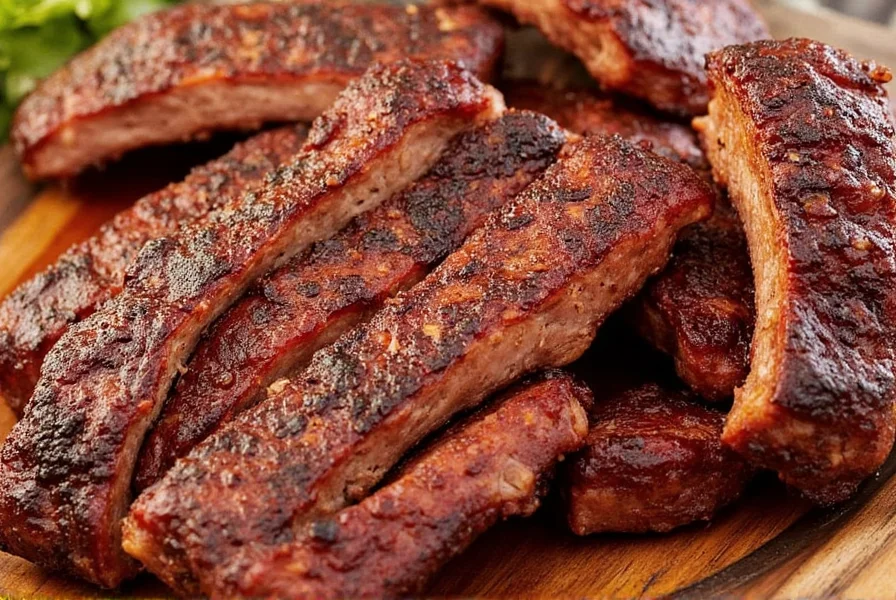
Ingredient Tips
For Parmesan cheese, always grate fresh blocks for the crispiest crust. Pre-grated cheese often contains anti-caking agents that prevent proper browning. Ancient herbs like oregano, thyme, rosemary, and sage add depth and complexity to fish dishes. Use a 2:1:1 ratio of oregano:thyme:marjoram for the best flavor profile with tilapia.
| Product | Flavor Profile | Best For |
|---|---|---|
| Oregano | Earthy, pungent | Italian dishes, grilled fish |
| Thyme | Woody, minty | Stews, marinades, herb crusts |
| Rosemary | Pine-like, aromatic | Roasted meats, bread, potatoes |
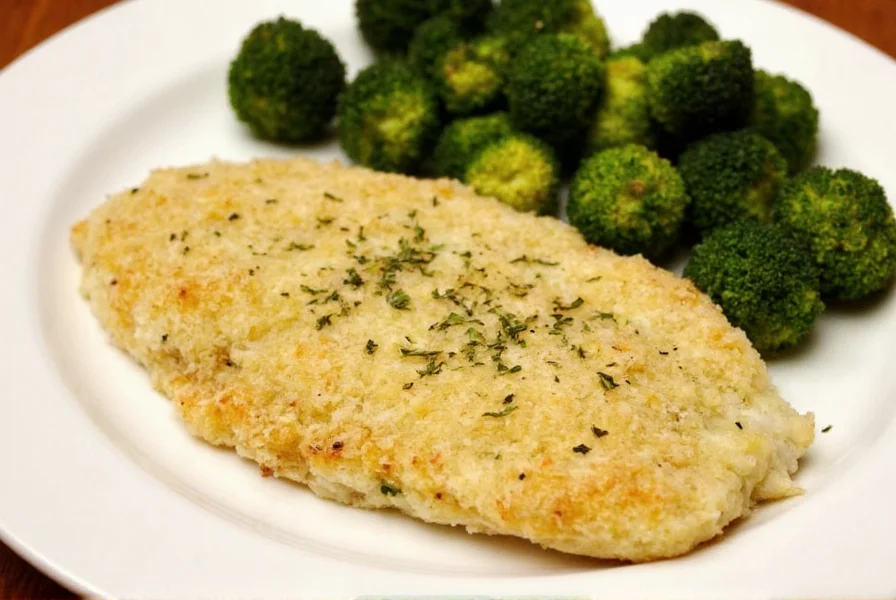
FAQs
What are the "ancient herbs" mentioned in this recipe, and why are they special?
Ancient herbs refer to traditional plant-based seasonings like oregano, thyme, rosemary, and sage that have been used for centuries across various cultures for both culinary and medicinal purposes. These herbs are special because they've stood the test of time for their flavor complexity, preservative qualities, and health benefits. When used properly in this Parmesan Crusted Tilapia recipe, they create a depth of flavor that modern herbs often can't match.
What's the secret to getting a perfectly crispy Parmesan crust that doesn't burn?
The key is in both the preparation and baking technique. First, make sure your tilapia is thoroughly patted dry before applying oil - moisture is the enemy of crispiness. Second, use freshly grated Parmesan and finely ground herbs (not pre-mixed spice blends which often contain salt that can cause burning). Third, bake at 375°F (190°C) on the middle rack - too close to the top heating element will cause the crust to brown too quickly while the fish remains undercooked.
Can I use fresh herbs instead of dried ones?
Yes! Use about three times the amount of fresh herbs compared to dried, as they're less concentrated. However, for this crust recipe, dried herbs work better because they absorb moisture from the fish surface, helping the crust adhere. If using fresh, chop them very finely and pat them dry with a paper towel first to remove excess moisture.
How can I prevent the Parmesan crust from falling off during baking?
First, ensure the fish is completely dry. Then, create a "glue" layer by brushing with beaten egg white before applying the crust mixture. The egg white creates a superior binding agent that helps the Parmesan and herbs adhere throughout cooking. Press the mixture firmly onto the fish surface with the back of a spoon.
How long do ancient herbs last, and how can I tell if they've lost potency?
Dried herbs can last up to two years if stored correctly in airtight containers away from light and moisture. To test potency, rub a small amount between your fingers and smell them. Fresh herbs should have a strong, distinctive aroma. If they smell dusty or barely have a scent, replace them. Store in dark glass jars for maximum shelf life.
What's the best way to reheat leftovers without losing the crispy crust?
Place leftovers on a wire rack over a baking sheet and reheat in a 325°F (165°C) oven for 8-10 minutes. This dry heat method restores crispiness while gently warming the fish. Never use a microwave, as it will make the crust soggy.
Are there any specific ancient herb combinations that work particularly well with tilapia?
Absolutely! Tilapia shines with Mediterranean herb combinations. Use a 2:1:1 ratio of oregano:thyme:marjoram. Marjoram (an ancient herb cousin of oregano) has a sweeter, more delicate flavor that complements tilapia's mild taste without overpowering it. Avoid strong herbs like bay leaf or bold flavors like curry powder which overwhelm the fish's natural sweetness.
Conclusion: Master Your Spices and Elevate Every Dish
The beauty of cooking lies in layering flavors, and nothing does that better than a thoughtful blend of spices and cheeses. With this Parmesan Crusted Tilapia with Ancient Herbs, you've not only made a flavorful dish—you've also learned how to preserve and use spices like a pro.
Remember, whether you're a home cook or a seasoned chef, understanding spice storage and experimenting with ancient ingredients can open up a world of culinary creativity. So next time you reach for that jar of oregano or bag of frozen tilapia, think of it not just as an ingredient—but as a key to unlocking incredible flavor.
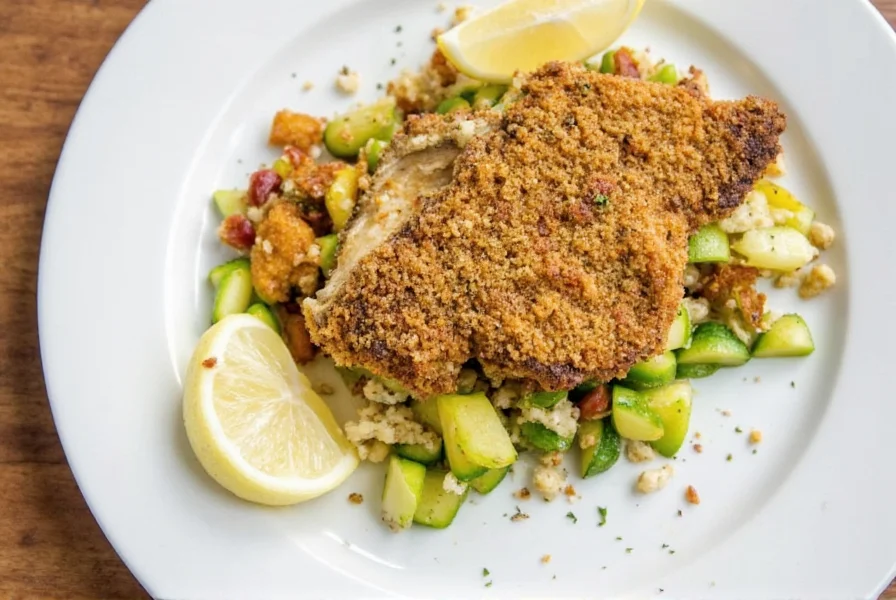

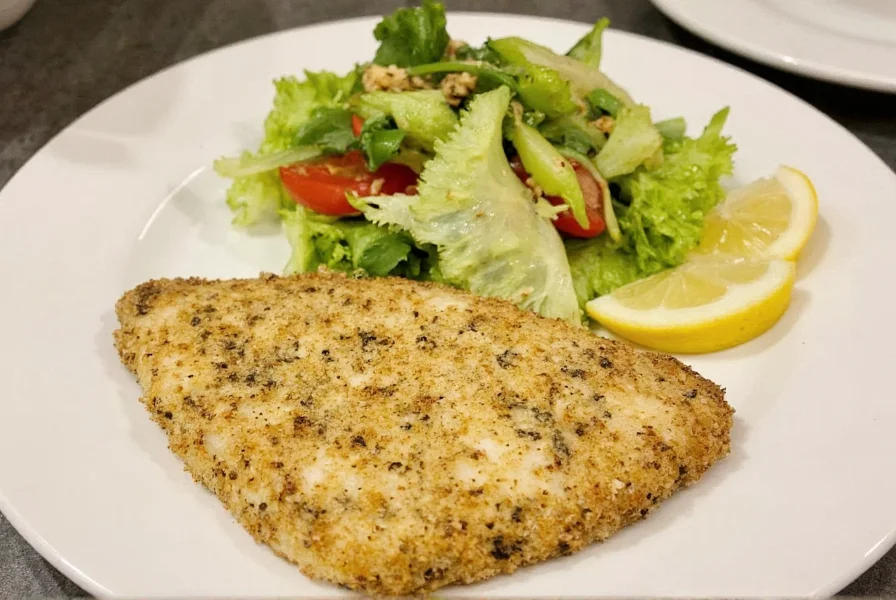









 浙公网安备
33010002000092号
浙公网安备
33010002000092号 浙B2-20120091-4
浙B2-20120091-4